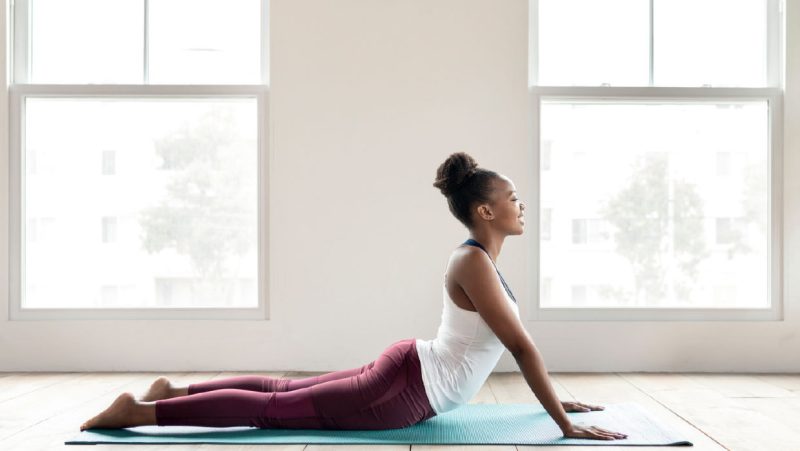
The Lost Art of Touch
We all know why touching a student is something that we have to be considerate of, and permission is an appropriate thing to ask, but are we all now missing out? - By Caroline O'Driscoll
Reading time: 3 minutes
5 Reasons why we shouldn’t lose the art of touch...
- Research has demonstrated that physical touch conveys feelings of safety and trust while providing a soothing effect. The act of gentle, warm touch has been found to alleviate cardiovascular stress by activating the body's vagus nerve, closely linked to our compassionate response. Moreover, a simple touch has the potential to stimulate the release of oxytocin, often referred to as "the love hormone."
- As an illustration, when unfamiliar individuals extend a handshake, the likelihood of trusting them increases. This isn't solely due to the friendly nature of the gesture but also because the physical can foster a greater sense of trust. Additionally, touch serves as a potent and universally understood means of conveying specific emotions.
- Researchers affirm that the influential role of touch conveys cooperation and trust and acknowledge that touch has the ability to comfort and reduce stress in infants. A gentle back rub can peacefully lull children to sleep, embraces can instil a sense of safety and belonging in youngsters, and hand-holding can provide solace during challenging moments. From these examples, we can clearly see how the influence of touch stems from maternal contact during infancy, while continuing to serve as a means of fostering social bonds throughout our lifetime.
- The majority of research suggests that therapeutic touch has the potential to alleviate tension headaches and mitigate pain, including pain resulting from burns, osteoarthritis, or post-surgical discomfort. Additionally, it may accelerate the healing of wounds and enhance the functionality of individuals with arthritis. In fact, studies indicate that therapeutic touch promotes cellular growth.
- Finally, it’s important to remember that touch can be an essential component of the yoga practice, primarily aimed at providing necessary corrections to prevent injuries. The primary purpose of touching students during a yoga session is to assist them in achieving proper alignment.







